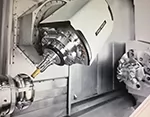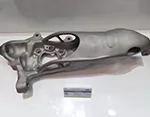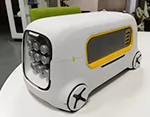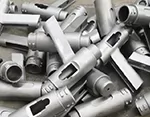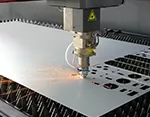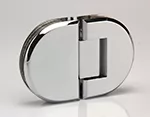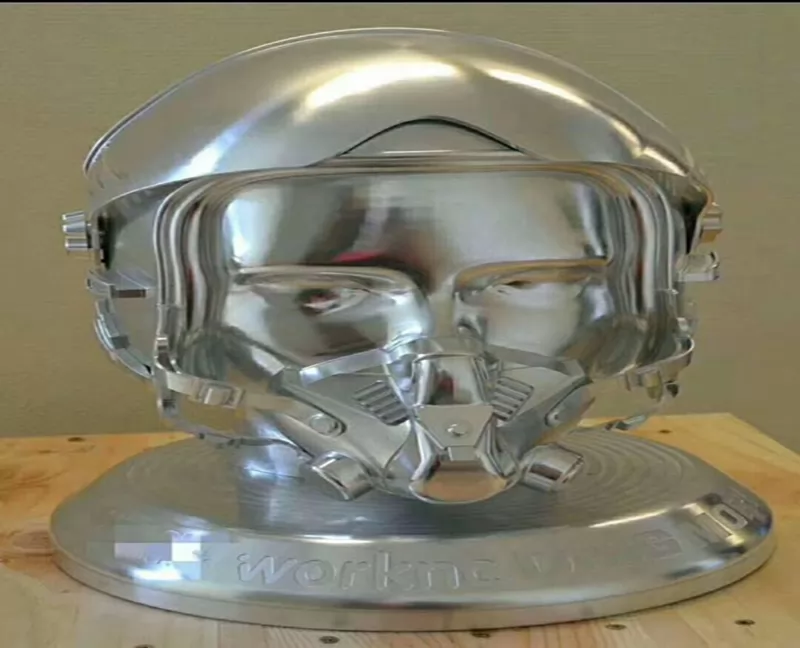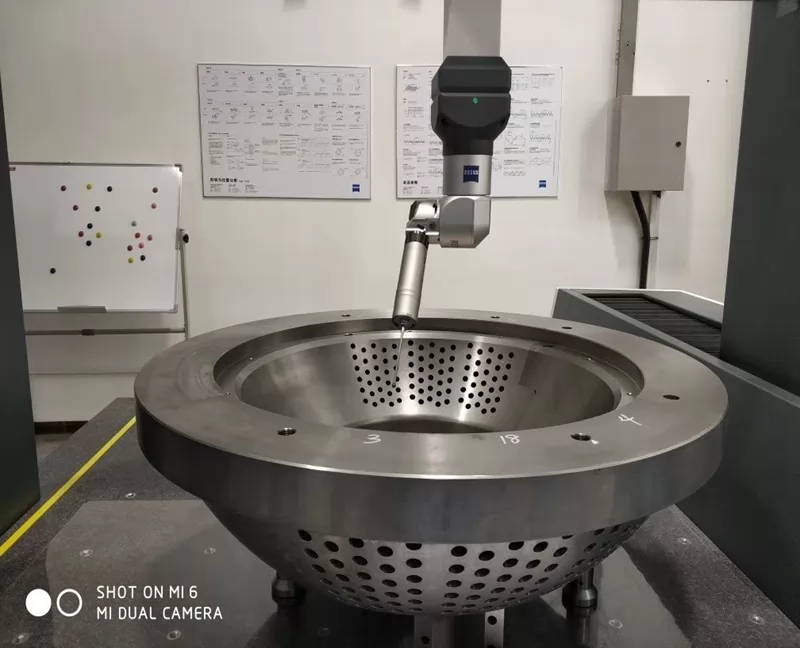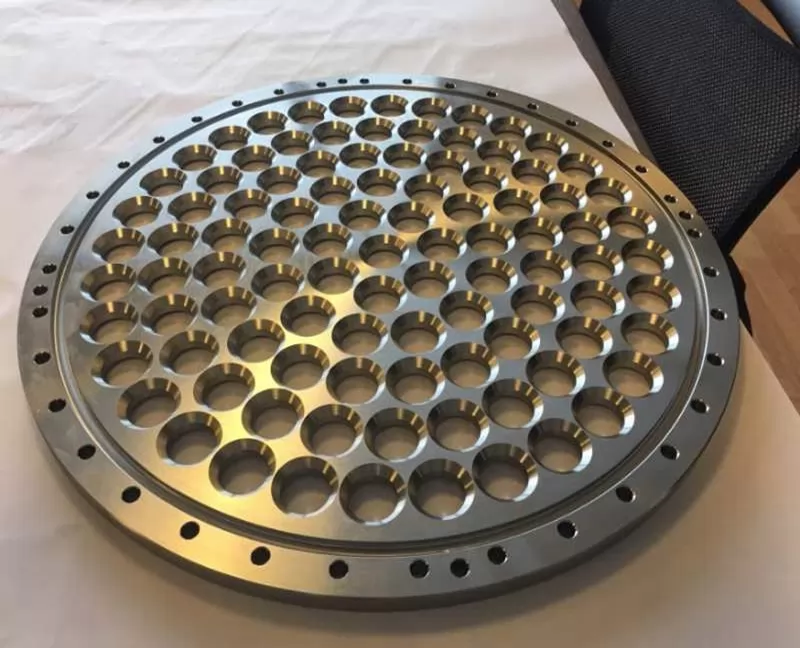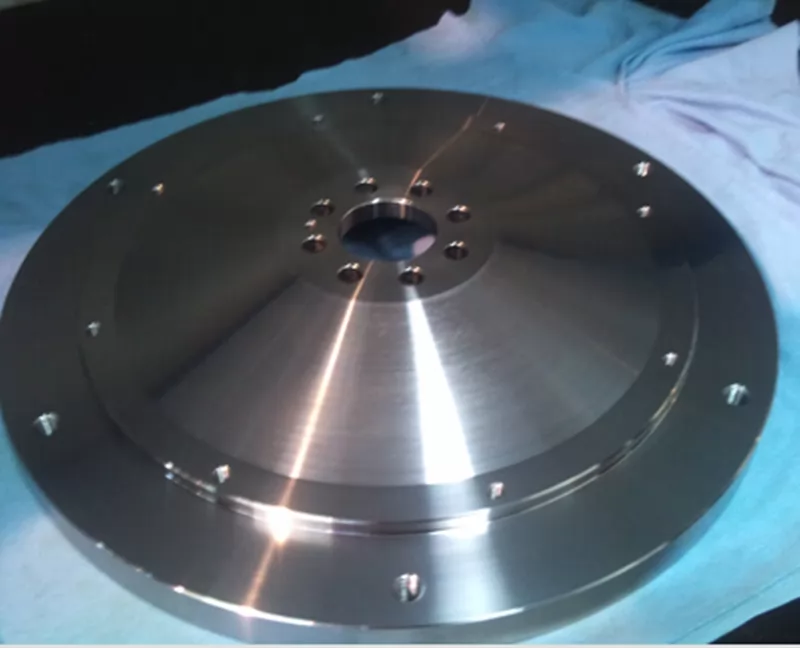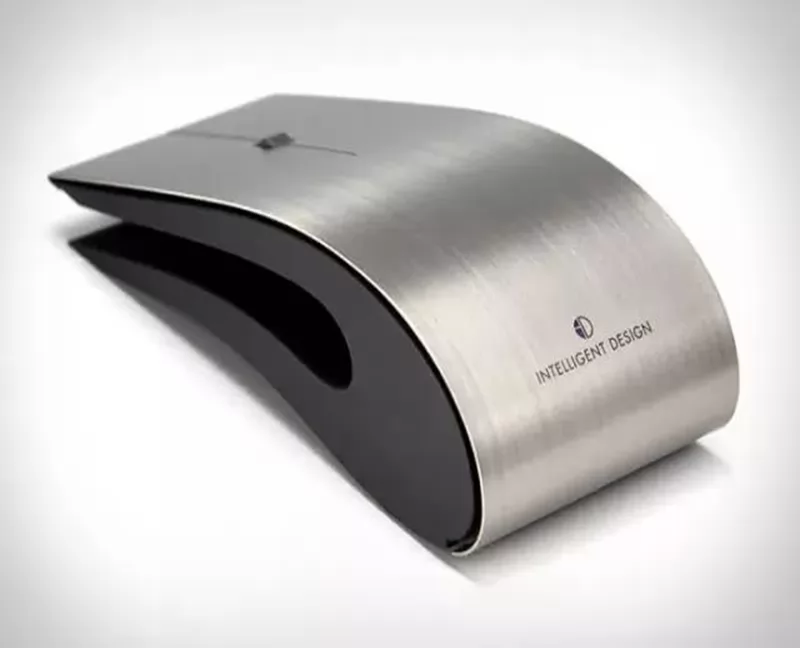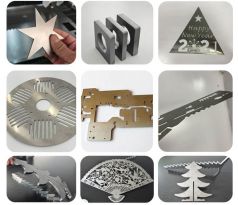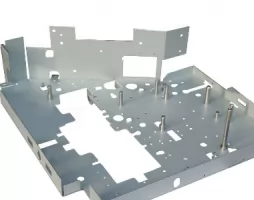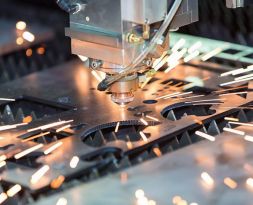-
Service
+
- CNC Precision Machining Service +
- Multi-Axis Simultaneous Machining Service +
- CNC Turning Service +
- Metal 3D Printing Service +
- Rapid Prototyping Service +
- Die Casting Service +
- Sheet Metal Fabrication Service +
-
Finish Serivces
+
- Polishing
- Grinding
- Brushed Finish
- Sand blasting
- Painting
- Powder Painting
- Anodizing
- Hard anodizing Service
- Passivation
- Zinc Plating
- Nickel Plating
- Chrome Plating
- Blackening
- Black Zinc Plating
- Teflon Coating
- Titanium Coating
- DLC Coating
- Laser Marking
- Silk Screen Printing
- Transfer Printing
- Micro Arc Oxidation
- Industries +
- About Us +
- Resource +
- Contact Us
- Quote

-
Service
-
>
-
>
-
>
-
>
-
>
-
>
-
>
-
>
-
- Industries
- About Us
- Resource
- Contact Us
With the exception of some specialized processes, sheet metal stamping does not use heat. Instead, it is done by cold forming techniques. Even if heat is not used, the part will become hot due to the force of the press creating friction between the metal and the die.
e
The process of turning sheet metal into a useful part or assembly is called sheet metal stamping. The metal is fed into a press where a stamping tool (also known as a die) forms the desired shape. The die is pressed into or through the metal with great force. The force used in the process is measured in tonnes.
With the exception of some specialized processes, sheet metal stamping does not use heat. Instead, it is done by cold forming techniques. Even if heat is not used, the part will become hot due to the force of the press creating friction between the metal and the die.
Kesu Hardware is a leading manufacturer of custom components and metal stamping, serving a variety of major industries including construction, electronics, solar and wind energy. Here, we share the four most common metals we use in metal stamping and applications of sheet metal stamping.
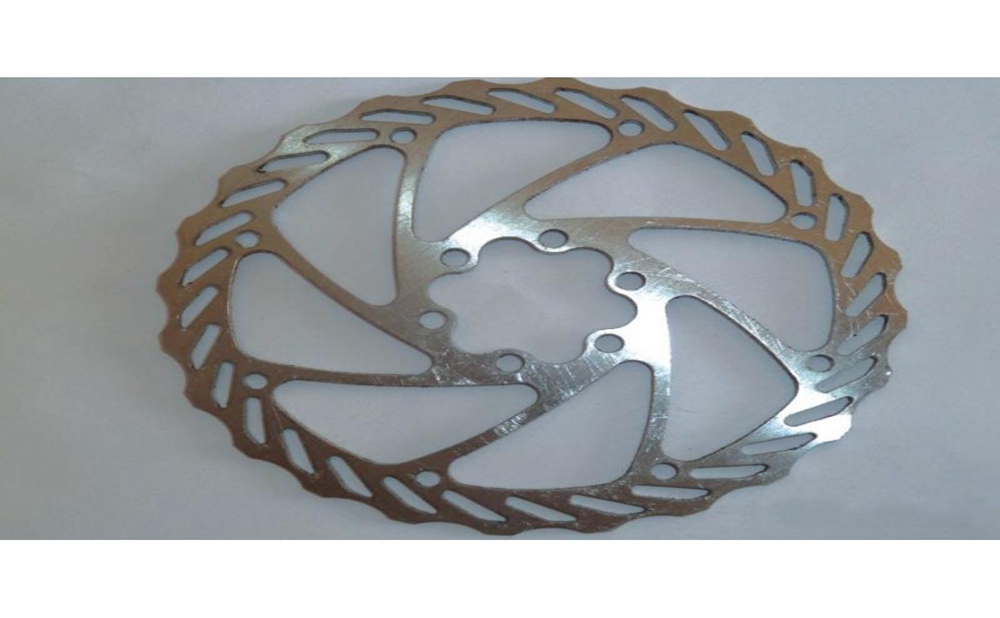
Stamping Basics
Stamping - also known as pressing - involves placing a flat sheet of metal (coil or blank) into a press. In the press, tools and die surfaces form the metal into the desired shape. Punching, blanking, bending, embossing, embossing and flanging are all stamping techniques used to shape metal.
Before the material can be formed, the stamping professional must design the tooling using CAD/CAM engineering techniques. These designs must be as accurate as possible to ensure that the proper clearances are maintained for each punch and bend, thus ensuring optimum part quality. A single 3D model of a tool can contain hundreds of parts, so the design process is often very complex and time-consuming.
Once the design of the tool has been determined, the manufacturer can then complete its production using a variety of machining, grinding, EDM wire cutting and other fabrication services.
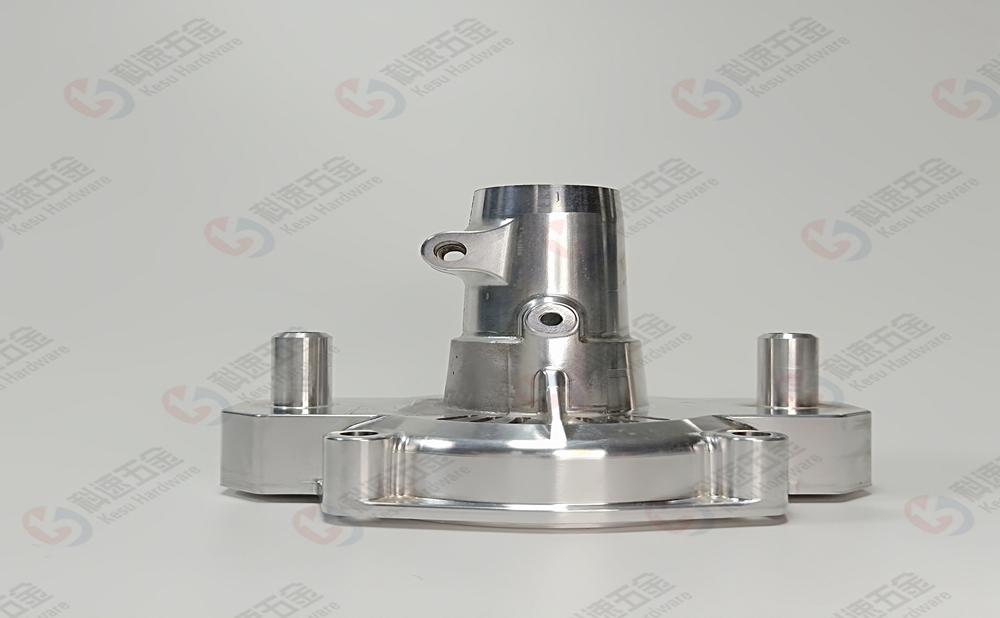
Contact:
Email: Maggie@kesugroup.com,
WhatsApp: +86 135-3842-1321
Our engineer team are ready for your projects and provide feedback quickly.

